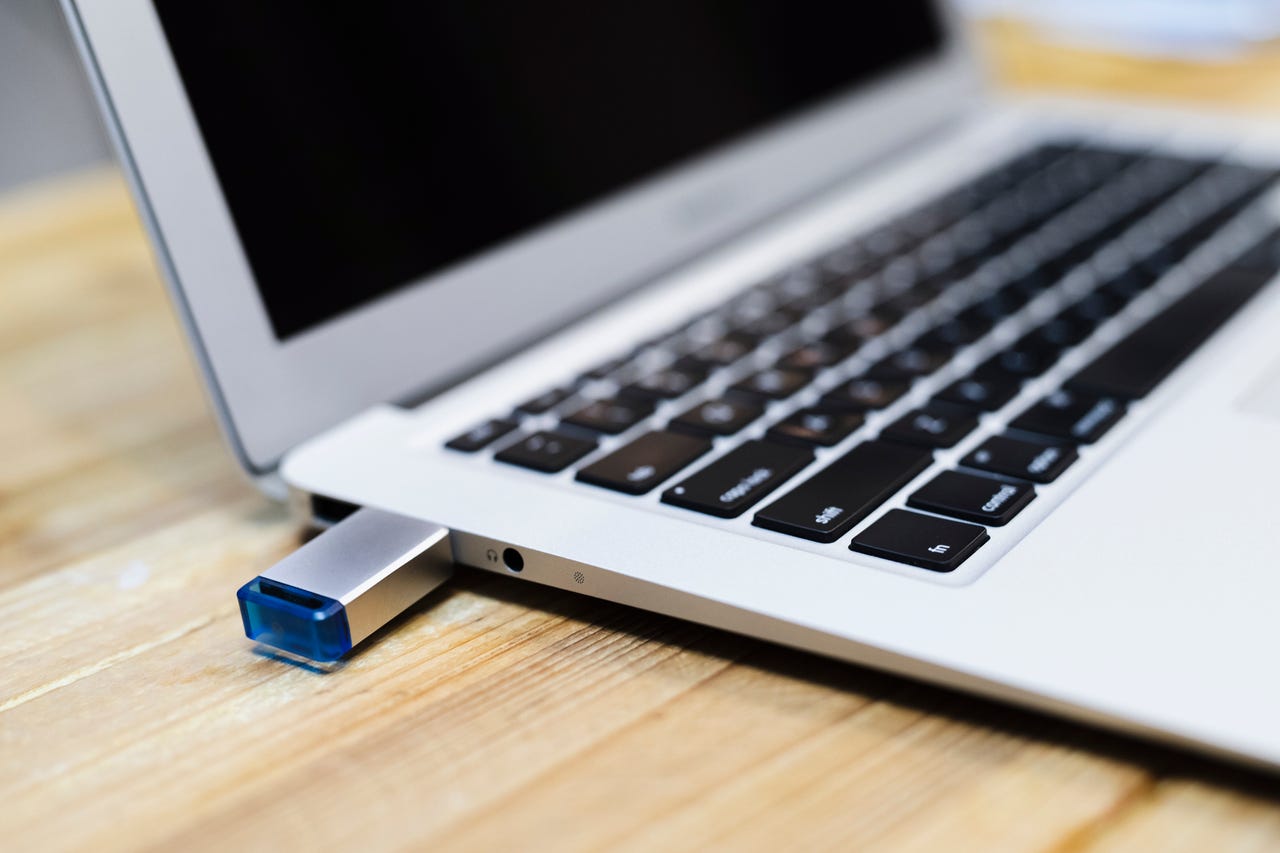'ZDNET Recommends': What exactly does it mean?
ZDNET's recommendations are based on many hours of testing, research, and comparison shopping. We gather data from the best available sources, including vendor and retailer listings as well as other relevant and independent reviews sites. And we pore over customer reviews to find out what matters to real people who already own and use the products and services we’re assessing.
When you click through from our site to a retailer and buy a product or service, we may earn affiliate commissions. This helps support our work, but does not affect what we cover or how, and it does not affect the price you pay. Neither ZDNET nor the author are compensated for these independent reviews. Indeed, we follow strict guidelines that ensure our editorial content is never influenced by advertisers.
ZDNET's editorial team writes on behalf of you, our reader. Our goal is to deliver the most accurate information and the most knowledgeable advice possible in order to help you make smarter buying decisions on tech gear and a wide array of products and services. Our editors thoroughly review and fact-check every article to ensure that our content meets the highest standards. If we have made an error or published misleading information, we will correct or clarify the article. If you see inaccuracies in our content, please report the mistake via this form.
How to install Linux on an old laptop to give it new life and purpose


When I first started using Linux back in 1997, it was not easy. There was a lot of command line work to do, and the GUIs weren't exactly user-friendly. Even keeping my 33.6K modem online was a nightmare, requiring me to write a bash script to keep it connected. With some serious persistence, I made the OS work -- and eventually made a career out of covering Linux and open-source software.
During those early days, installing Linux was equally as hard, often requiring you to manually partition your drive.
Also: 8 things you can do with Linux that you can't do with MacOS or Windows
Today, if you have a laptop that was built within, say, the past 10 years, you shouldn't have any problem installing Linux on it. But how? Let me show you just how easy it is.
How Linux can revive your aging laptop
The first thing to keep in mind is that we're going to wipe away the current operating system on your laptop. You'll first need to make sure you've saved every file and directory that you want to keep onto an external or USB drive. If you don't have either of those things, upload your files to a cloud storage account.
Once you've backed up all the data you need to keep, you're ready to install.
How to install Linux on your aging laptop
What you'll need: To make this work, you'll need the following:
- A laptop that was made within the past decade
- A bootable Linux USB drive
I demonstrate the process below by installing the daily release of Ubuntu Desktop, which uses the installer that debuted with Ubuntu 24.04, which was released April 2024. If your machine is more than 10 years old, you should consider installing a lightweight distribution, such as Linux Lite.
Also: How to create a bootable Linux USB drive
That's it. Let's make it happen.
1. Insert your bootable Linux USB drive
Insert your bootable Linux USB drive into a USB port on the computer and power on the laptop.
If your machine doesn't immediately boot to the USB drive, you'll have to reboot the computer to access the boot menu.
How this process takes place will depend on the make and model of the laptop, so you'll have to Google how to access the boot menu and then select USB as the boot option.
During the boot process, the first thing you must do is select "Try or Install Ubuntu," and hit Enter on your keyboard.
If this screen appears during the installation process, select "Try or Install Ubuntu."
2. Select your install language
Once the GUI installer opens, select the language you want to use for the installation and click Continue.
Choose the language that will be used during the installation process.
3. Enable
In the next window, you can enable any accessibility features you require. Click through any of the options to enable various items. Once you've done that, click Next.
Each accessibility section has different options to enable.
4. Select keyboard layout
The installer should automatically detect your keyboard and language. If it doesn't, select both options from the lists and click Continue.
Most likely, your keyboard layout will be automatically detected.
5. Connect to the internet
I'm working with a virtual machine, so I can take screenshots for this article.
Also: How to create a Linux virtual machine with VirtualBox
Since you're working on a laptop, make sure to select your wireless network. When prompted, type the password for the network and click Continue.
If you're using a wireless network, you'll have to select the Wi-Fi name you want to connect to and type the required password.
6. Select Install
Here, there are two options: Install Ubuntu or Try Ubuntu. If you click Try Ubuntu, you can test out Ubuntu without making any changes to your hard drive. This is what's known as a Live Linux distribution, where everything runs from RAM. Select Install Ubuntu and click Continue.
If you want to try Ubuntu without changing your hard drive, select that option. Otherwise, select Install Ubuntu and click Next.
7. Select your installation type
In the next window, you can choose from an Interactive or Automated installation. The Automated installation type is for advanced users, so select Normal installation and click Next.
Select your installation type here.
8. Select the apps you'd like to start with
In this section, you can either go with just the essentials (web browser and basic utilities) or the extended selection (which adds office tools and more). Select Extended Selection and click Next.
Go with Extended Selection, so you don't have to install as many apps once the OS installation is complete.
9. Add proprietary software
Here, you can add third-party software for graphics and wireless hardware, as well as support for more media formats. Select both checkboxes and click Next.
Adding third-party software for graphics and Wi-Fi can make your post-install life much easier.
10. Disk setup
On the Disk Setup window, keep the default option and click Next.
Unless you know what you're doing, keep the default option selected here.
11. Create your account
This is where you create your first Linux user account. Fill out the necessary options and click Next. For the Computer name field, you can name it anything you like, but I would stick with something simple (such as ubuntu or linuxdesktop) or you can keep the suggested name given by the installer.
Make sure you use a strong, unique password for your user account.
12. Set your time zone
On the next screen, you'll need to select your time zone. To do that, type your location (in the form of City/State) and click Next.
Make sure to select the proper time zone, otherwise it could lead to problems with updating and installing software.
The last screen asks you to review your changes. Click Install and the Ubuntu installation will begin. When the installation completes, reboot. During the reboot, make sure to remove the USB drive, so the laptop boots from your hard drive. Once you reboot, log in with the user you created, and start using your new Linux laptop.
Also: New to programming? My 5 favorite Linux tools will get you up to speed faster
This process shouldn't take more than 15 to 30 minutes, depending on the speed of your machine and network connection. Congratulations, you've just revived that aging laptop with a very powerful, flexible, secure, reliable, and user-friendly operating system. Enjoy!